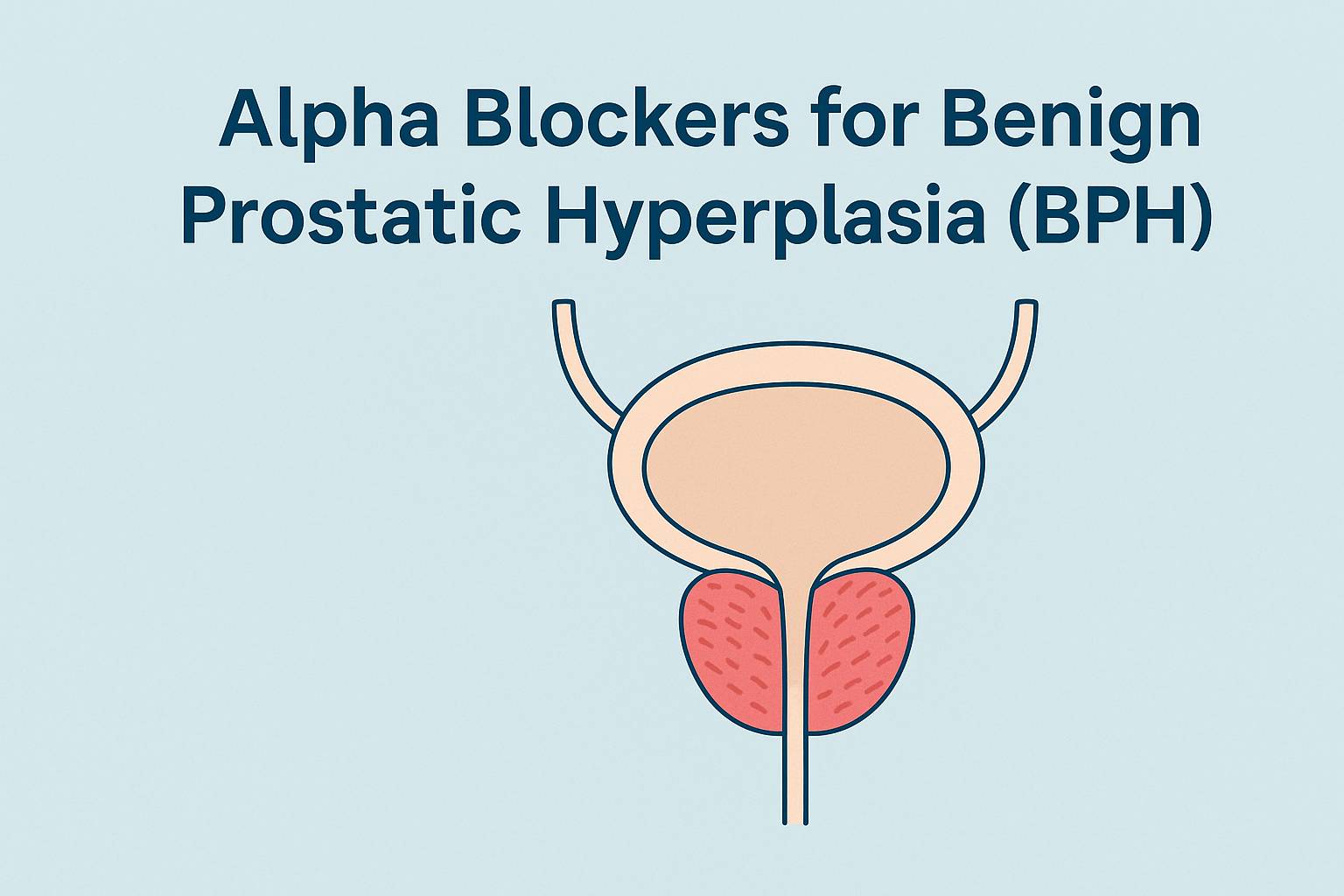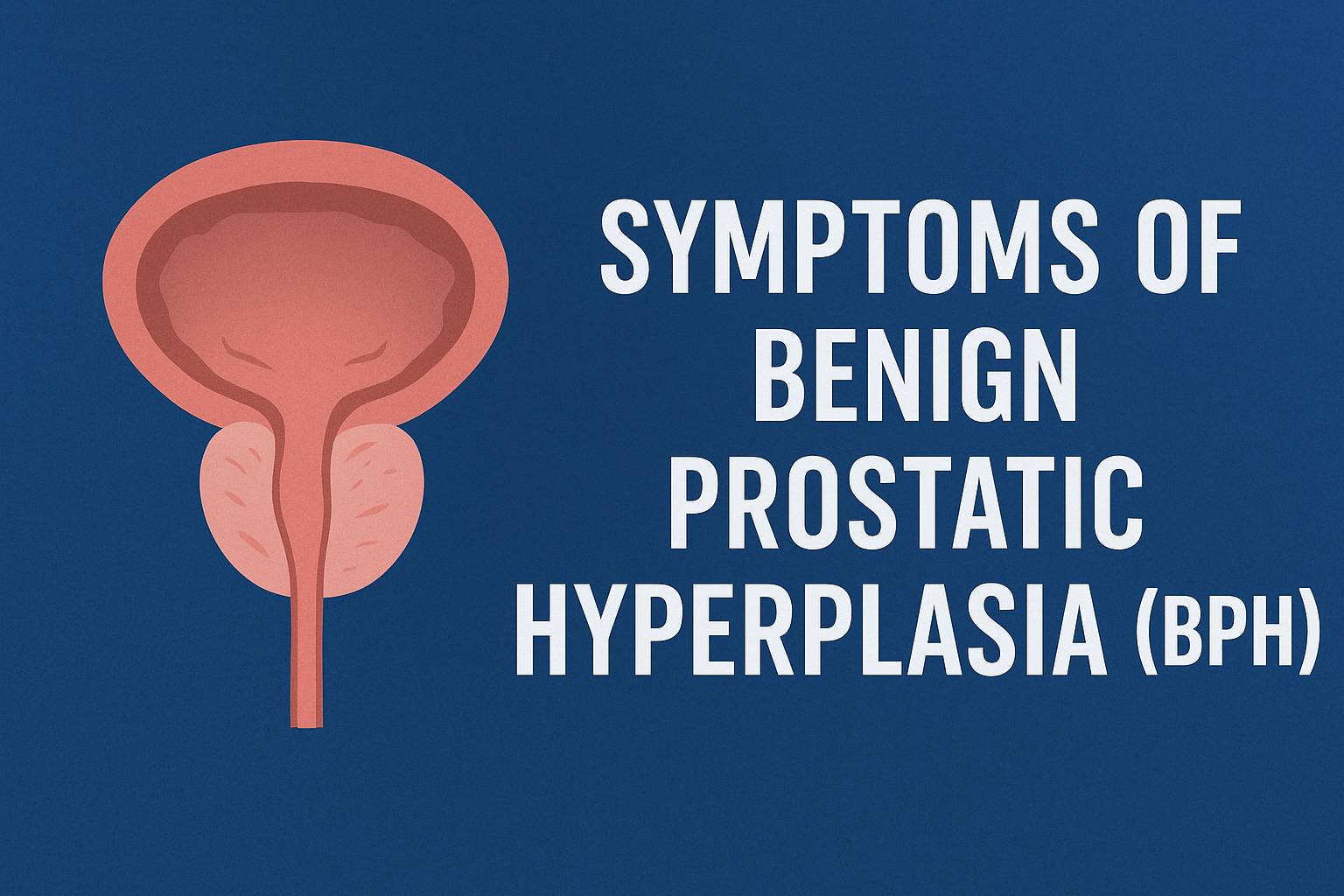What to Know About Sagging Breasts
Real talk: breast ptosis (aka sagging breasts) is super common and not a “you did something wrong” thing. Bodies change. Skin stretches. Gravity stays undefeated. Over time, breasts can sit lower on the chest, the nipple can tilt south, and the upper pole (that top curve) may look less full.
How docs describe it
Think of the fold under your breast (the inframammary crease) as the reference line.
- If the nipple sits above the fold, that’s considered normal positioning.
- If the nipple is roughly level with the fold, that’s a mild drop (often called Grade 1).
- If the nipple is below the fold, that’s a moderate drop (Grade 2).
- If the nipple points downward with the lowest part of the breast below the fold, that’s a more advanced drop (Grade 3).
Why it happens
Aging thins and loosens the skin and ligaments that help hold shape. Weight ups and downs, hormone shifts, pregnancy, and menopause all remodel the internal support. Size matters only in the sense that heavier tissue has more weight pulling on the skin, but sagging breasts can happen at any cup size. And no—breastfeeding itself isn’t the villain; the big shape change tends to come from pregnancy-related growth and shrink cycles.
What you can try (no scalpel)
- Get properly fitted: A pro bra fitting can change your whole vibe under a tee. Look for lift, wide straps, and a snug band that does the heavy lifting. Search terms like best bra for sagging breasts or “support bras for fuller bust” help you find the right styles.
- Train the support system: You can’t “work out” breast tissue itself, but you can build up the chest wall. Push-ups, chest presses, rows, and shoulder work can give a perkier silhouette by firming the scaffolding underneath.
- Lifestyle tweaks: Stable weight, good posture, moisturized skin, and sunscreen across the chest help your skin’s bounce factor.
When surgery makes sense
If you want a structural reset, a breast lift (medical term: mastopexy) removes extra skin and re-centers the nipple/areola higher on the breast mound. If you also want more fullness up top, surgeons may combine a lift with a breast implant (that’s breast augmentation) or sometimes fat transfer. People often ask about breast lift cost—it varies by surgeon, city, and whether it’s combined with augmentation. Your consult will map out grade of ptosis, scar pattern, and breast lift surgery recovery time so you know exactly what to expect.
Quick myth-busters
- Breastfeeding = sagging? Not by itself. The big changes mostly tie to pregnancy and genetics.
- Only big chests sag? Any size can. Skin quality and time are the bigger levers.
- There’s a magic cream? Creams help skin feel and look better, but they don’t hoist tissue. That’s what bras and lifts handle.
Preventing Sagging Breasts
You can’t out-muscle gravity, but you can slow the slide with everyday habits that keep skin and support tissues happier—think long game for sagging breasts and early breast ptosis changes.
Feed your skin from the inside. There’s no magic menu, but a balanced plate stacked with fruits, veggies, lean protein, and healthy fats gives you antioxidants and building blocks for collagen. Hydrate like you mean it—steady water intake helps your skin look and feel better.
Skip the smokes. Nicotine trashes collagen and elastin, so skin gets looser faster. Ditching tobacco helps everywhere, chest skin included.
SPF on the daily. Sun breaks down collagen, even on areas that don’t see direct rays. Hit the chest/neck/shoulders with a broad-spectrum SPF 30+ and reapply when you’re out. UV damage today shows up as laxity tomorrow.
Keep your weight steady. Big ups and downs stretch skin past its snap-back point. Slow, sustainable changes beat yo-yo cycles for keeping the envelope around your breasts more resilient.
Support smart. A well-fitted everyday bra and a legit sports bra during workouts reduce bounce and strain on skin and Cooper’s ligaments. Posture helps too—shoulders back gives a natural lift without any gadgets.
If you want a structural reset. Non-surgical steps can only go so far; a breast lift (medical term: mastopexy) repositions tissue and nipple higher on the mound. If upper-pole fullness is the goal, some combine a lift with breast augmentation. A consult lays out options, scar patterns, and expected recovery based on your anatomy.
FAQ: What to Know About Sagging Breasts (Ptosis)
Straight talk for the U.S. crowd—quick answers about causes, prevention, bras, workouts, and lift options.












